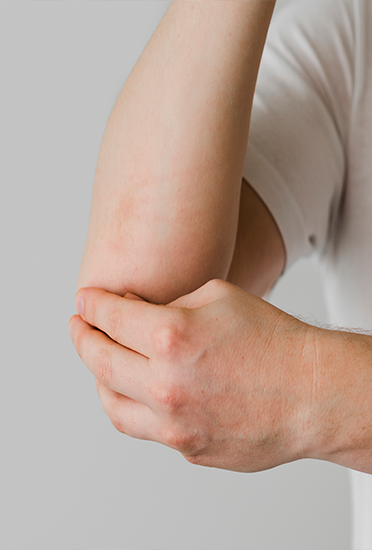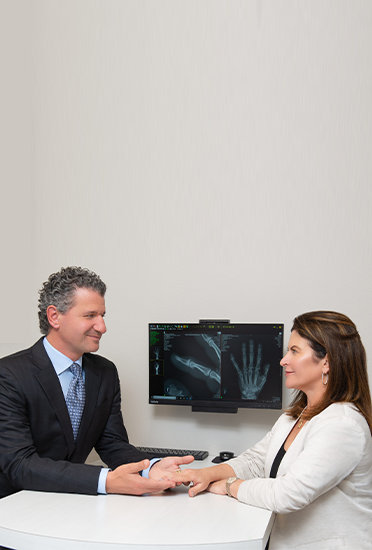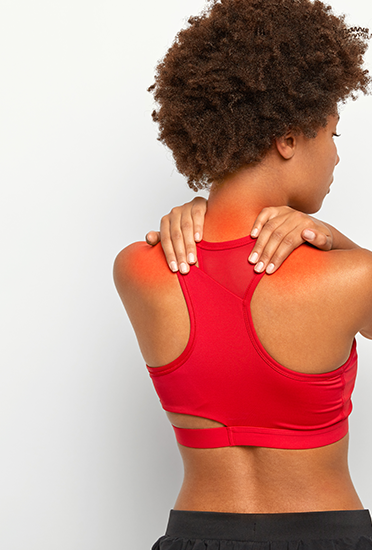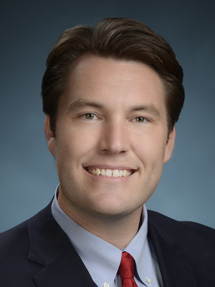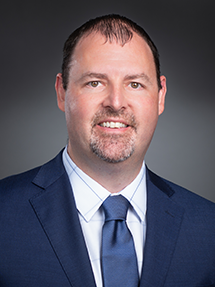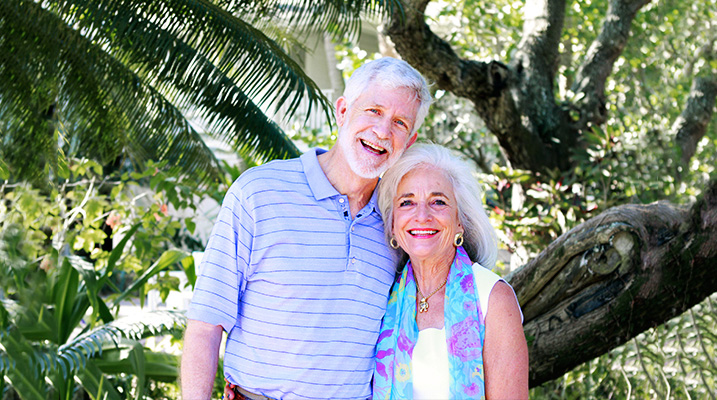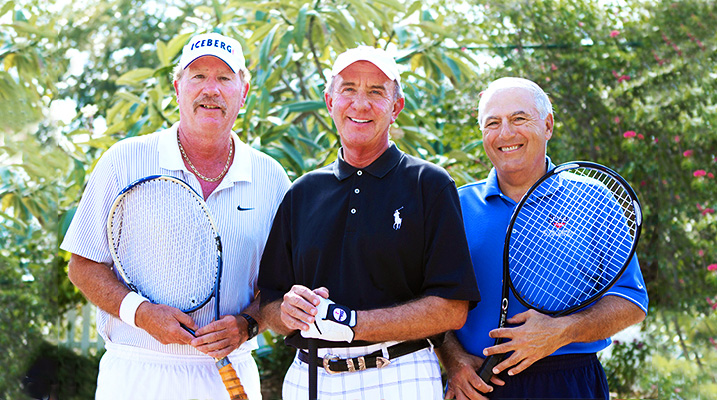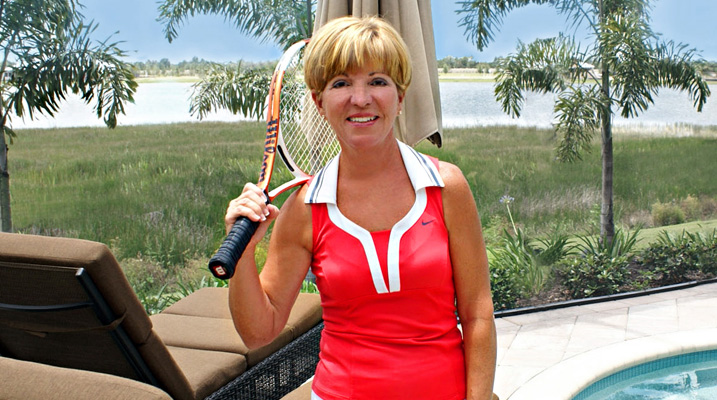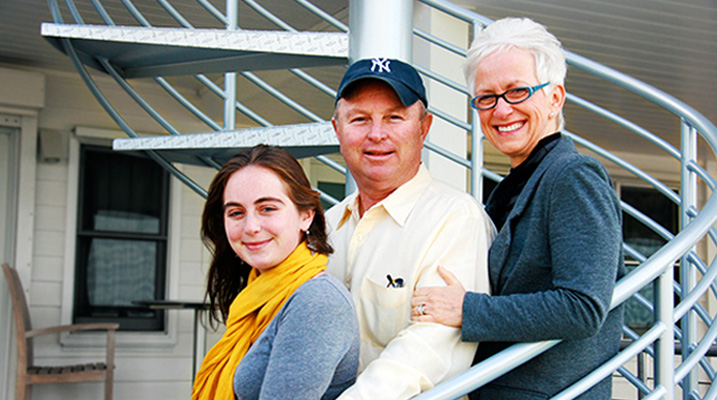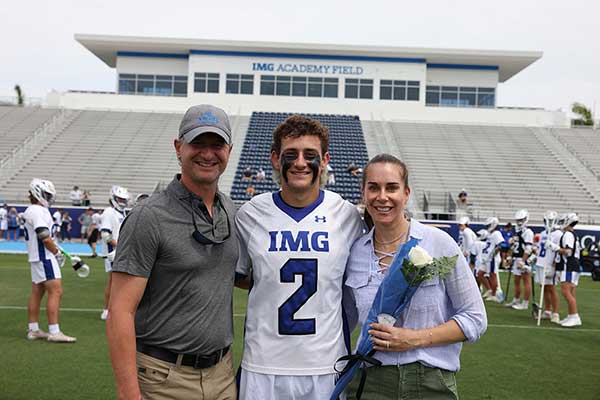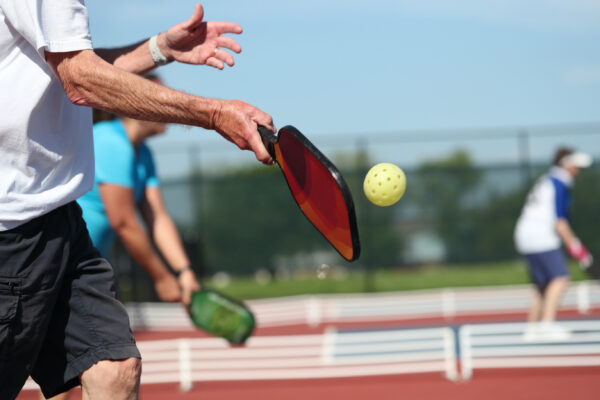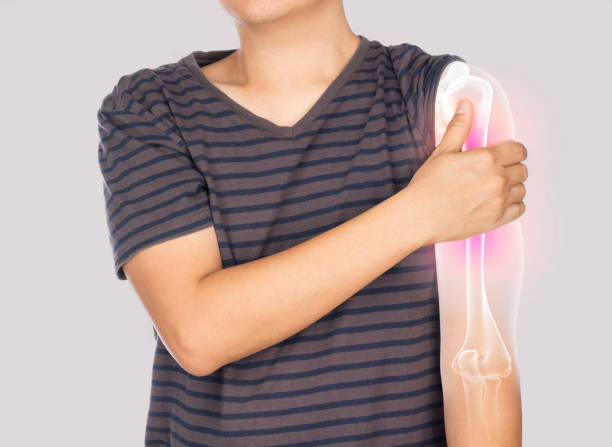Arthroscopic Suprascapular Nerve Release (Decompression)
The human body has more than seven trillion nerves making up the nervous system. You can think of your nerves as the body’s electrical wiring since they transmit signals between the spinal cord, brain, and body. Though most people only associate nerves with the perception of pain or other feelings to trigger a response, nerves also control automatic body functions like breathing.
Your shoulder region has the suprascapular nerve, supplying the two posterior shoulder girdle muscles, the infraspinatus and supraspinatus muscles. The infraspinatus muscle allows the external rotation of your arm at the shoulder joint, while the supraspinatus muscle allows abduction of the first phase of the shoulder. Below is a diagram depicting the suprascapular nerve.
Your suprascapular nerve is a mixed nerve meaning it is both a motor and sensory nerve. As such, the nerve will conduct outgoing muscle commands and incoming sensory information. Injuries or compression of the suprascapular nerve cause about 1-2% of cases of shoulder pain in patients.
Here is the detailed analysis Dr. Christopher R. Sforzo, M.D. has made to shed more light on suprascapular nerve decompression problems, or arthroscopic nerve release. Connect doctors at Sforzo to know more about the common management option for entrapment of the suprascapular nerve.
Entrapment of the Suprascapular Nerve (SSN)
Entrapment of the SSN is a previously rare but currently increasing cause of shoulder pain as more people use heavy backpacks rather than briefcases. SSN entrapment is a neuropathy caused by the compression, damage, or irritation of the suprascapular nerve along its course, most commonly at the suprascapular notch. The condition is often misdiagnosed since most doctors do not consider it until they rule out the leading causes of shoulder pain. Dr. Christopher R. Sforzo at Sforzo Dillingham has described the treatment with his experience.
- Acromioclavicular joint disease
- Rotator cuff disease
- Neck {cervical} spine disc disease
- Brachial plexus injury
- Glenohumeral joint instability or dislocation
- Scapular dyskinesis
- Adhesive capsulitis
- Parsonage-turner syndrome
The most common cause of entrapment of the SSN is repetitive overhead activities, thus its frequency in athletes. A 2018 study attributed 58.6% of cases of SSN entrapment to repetitive overhead actions, 10% to unknown mechanisms, and 31% to occupational activities. The most commonly affected hand is the dominant one in athletes because of its relation to full rotation and repetitive abduction.
Here are other causes of SSN entrapment:
| Cause |
Examples |
| Iatrogenic injuries |
Post radiation, bony lesions, surgical procedures, cysts |
| Systemic disease |
Rheumatoid arthritis, systemic lupus erythematosus |
| Fractures |
Clavicular, scapular, proximal humerus |
| Anatomical variations |
A very deep suprascapular notch is more prone to SSN entrapment compared to a shallow one. |
The signs and symptoms of SSN entrapment include:
- Shoulder pain that worsens when you move the shoulder.
- Heaviness or weakness of your arm or shoulder.
- Burning or radiating pain to the arm, neck, and back.
- Loss of your shoulder’s functionality.
- Discomfort around your upper back and shoulder.
- Wasting, atrophy, or shrinkage of the upper shoulder muscles.
The diagnosis of SSN entrapment is often one of exclusion in that all other causes of shoulder pain and the other symptoms of entrapment are excluded. Therefore, when a doctor suspects the condition, the primary investigation he/she conducts is an electromyographic study that confirms a nerve block.
Radiology is the most common and readily available diagnostic option for SSN entrapment, though the findings correlate with neurophysiological tests. Some of the radiology tests used by Dr. Christopher R. Sforzo for diagnosing SSN entrapment are:
- Fluoroscopic X-ray
- CT scan
- MRI
- 3T magnetic resonance neuropathy
On an MRI scan, here are the typical signs of SSN entrapment that might be seen:
- Nerve swelling is evidenced by its increased cross-sectional diameter.
- Signal changes of the SSN.
- Compression of the suprascapular notch.
- Compression of the spinoglenoid notch if only the infraspinatus muscle is involved.
What Is Suprascapular Nerve Decompression?
Arthroscopic suprascapular nerve decompression is the most common management alternative for releasing a compressed suprascapular nerve. This minimally invasive surgical technique releases a compressed nerve to relieve the symptoms associated with SSN entrapment. Unlike the open surgical procedure for managing nerve issues, arthroscopic decompression of the suprascapular nerve has decreased post-surgical pain and allows faster healing.
Though a lateral decubitus position is ideal when operating on patients with a concomitant SLAP pathology, most centers opt for the beach-chair operating position because it optimizes homeostasis. Our physician, Dr. Christopher R. Sforzo, approaches the diseased nerve from the anterior aspect of the shoulder through a small incision on your shoulder. Our doctor then uses an arthroscope to guide his/her manipulation of the impinged nerve to relieve the symptoms of SSN entrapment.
Signs and Indications of Arthroscopic Suprascapular Nerve Release
Some patients undergo conservative management for SSN entrapment, including physiotherapy or ultrasound-guided aspiration for cysts. Conservative rehabilitative management of SSN entrapment also includes:
- Relative rest from activities that worsen nerve issues.
- Soft tissue manipulation of the constricted and tight scalene, infraspinatus, and supraspinatus muscles.
- Mobilization of the cervical spine from C4-C6.
- Injection of a corticosteroid into an entrapped nerve at the spinoglenoid or suprascapular notch.
- Using training positions that strengthen the residual fibers on the external rotators. This re-establishes a reasonable muscle function and balance to minimize the odds of progressive shoulder dysfunction.
The indications for arthroscopic release of the suprascapular nerve include:
- Failed conservative management marked by persistence of symptoms for over six months or worsening of symptoms.
- Extensive muscle atrophy.
- Evidence of a mass compressing the suprascapular nerve.
- Associated significant rotator cuff tears.
- Accompanying shoulder conditions that need surgical intervention.
Arthroscopic Suprascapular Nerve Decompression Surgical Technique
Below are the typical steps Dr. Christopher R. Sforzo take in the surgical procedure for arthroscopic release of the suprascapular nerve under general or regional anesthesia:
- Making a vertical incision on the acromial spine from the scapula’s medial border. This vertical incision extends across your supraspinous fossa.
- Incision of the skin and tissues with the trapezius’ fibers split using blunt dissection.
- The supraspinatus muscle, now visible, is palpated then retracted inferiorly to allow inspection of the suprascapular notch to see if there is any encroachment on the nerve. If only the infraspinatus muscle is affected, the supraspinatus muscle is retracted superiorly to check if the spinoglenoid notch is the point of impingement.
- Once the point of entrapment of the nerve is identified, the nerve is released, and the structures are sutured.
- The wound is closed in layers.
The above steps are the same for both open and arthroscopic surgery. Nonetheless, in arthroscopic suprascapular nerve decompression, a camera is introduced into the shoulder through a small incision to view internal body structures and guide the doctor’s actions. Since it is less traumatic to body tissues than the open surgical technique, some patients who undergo arthroscopic nerve decompression for SSN entrapment go home on the same day of the procedure.
Post-Operative Dos And Don’ts
After an open or arthroscopic suprascapular nerve release procedure, our doctor will recommend the following steps to boost the odds of a successful treatment outcome and your comfort:
- Take pain medications as prescribed after the nerve block used in operation wears off.
- Apply ice packs in a towel on the surgical site for about twenty minutes 3-4 times daily to reduce swelling.
- Avoid heavy lifting for about a week or two after the procedure.
- Avoid hobbies that strain your shoulder until the shoulder can support the strength and range of motion your activities need.
- Have your wound checked around five days after your operation to ensure it is healing optimally.
- Wear a shoulder sling for 2-3 weeks after the surgery to support the tissues and structures that have been operated on until they are fully healed.
- Keep a pillow under your operated arm while asleep to support the shoulder.
- Sign up for a rehabilitative program to improve the range of motion and strength of your operated shoulder. Rehabilitation starts about two weeks after the surgery.


